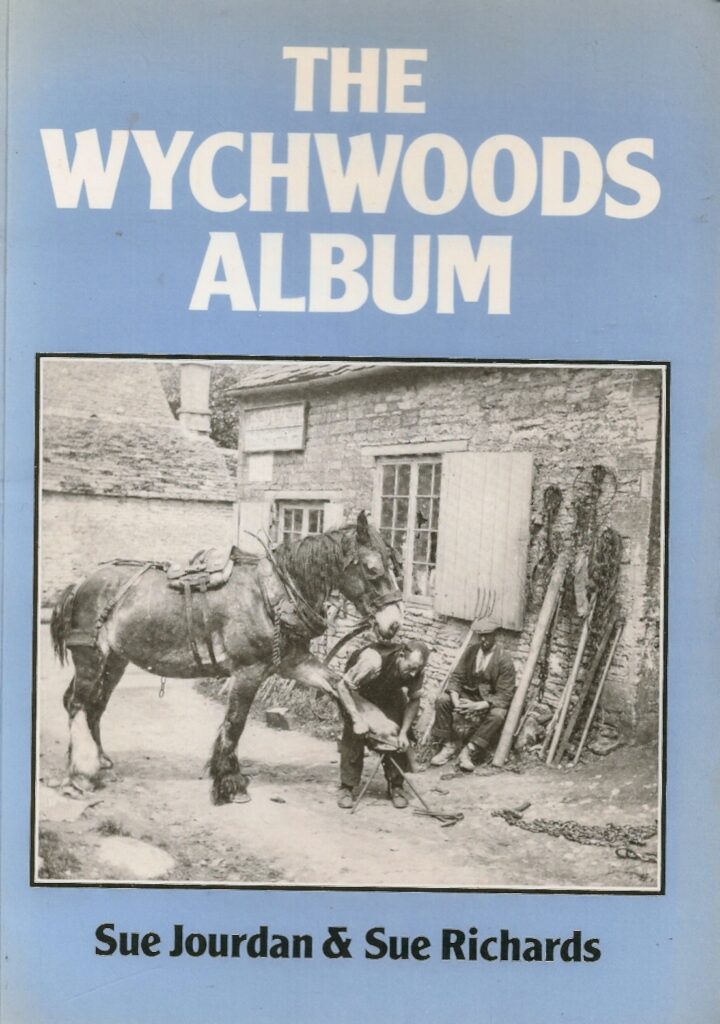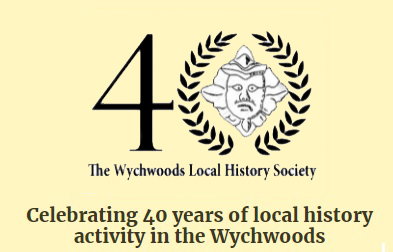The Initial Vision | 1981: The First Meetings of the Society | 1984/5: Meeting Patterns Established – First Publications | The 1990s: Highlights of the Decade | The New Millennium| Looking Ahead – Members’ Survey | Towards Digitalisation | Embracing Technology – Photograph Archive Scanning | 2016/18: Website Re-launched | The 2020s: Moving Forward
1984/5: Meeting Patterns Established
The 1984/85 season saw the pattern of eight meetings established, originally September to May. Originally the evening of meeting was the second Tuesday in the month but this later changed to the third Thursdays. With the opening of the new Beaconsfield Hall, meetings were held from September to June with no meeting near Christmas.
1985 was the Society’s busiest year to date. The first journal, Wychwoods History No. 1 was published in May at £2. Set in a typewriter face, it contained an appreciative preface by Kate Tiller, while Sue Richards’ original cover design was used for many years.
In November “The Wychwoods Album” of old photographs was published, part funded by 385 subscriptions in advance, with subscribers’ names printed at the back. Both publications proved extremely popular and were soon reprinted.
[The Wychwoods Album has now been republished on our website here ]

1985/6: Journal No.2 | More Activities
The 1985/86 season was another busy one, with about 200 members including several overseas, a very healthy financial situation, and the production of Wychwoods History No. 2.
A group led by archaeologist James Bond surveyed a medieval site at Upper Milton in May 1986.
In July a visit to Ilbury iron age camp was led by Charlie Chambers, and in August members walked no fewer than five fields! (The limiting factor in fieldwalking for us was the time needed afterwards to process and identify the finds).
The first ‘Village Memories’ tea towels printed with old photographs were an instant hit for Christmas.
Meanwhile, Rachel Grant suggested and started to organise a detailed survey of St Mary’s Church, Shipton, which occupied seventeen people for at least two years and resulted in three beautifully illustrated volumes of records.
1987: Second Exhibition | Prebendal Archaeology | Journal No.3
The Society’s second exhibition, held at Milton in April 1987, was a resounding success. Despite an entrance charge of 50p, over 500 people queued to see the exhibits which included fieldwalk finds, old medical instruments (enthusiastically demonstrated by Dr Tom McQuay), histories of Alfred Groves and Sons and of the Groves family, nineteenth-century agriculture, the village constable and many photographs.
The day was launched with Morris dancers in the car park and the doors finally closed at 6pm with many visitors wishing they could have stayed open for two days!
May 1987 saw two new committee members – John Rawlins who later took charge of publicity, and Wendy Pearse who was immediately recruited to compile the meetings programme. Some members were able to take part in the professional archaeological dig at Prebendal House under Brian Durham of the Oxford Archaeological Unit, prior to the house’s conversion to retirement accommodation.
Wychwoods History No.3 devoted to aspects of life in Shipton and Milton in the nineteenth century and based largely upon the research by Kate Tiller’s evening class students, who included several committee members, was a joint publication with the Oxford University Department for External studies.
A second tea towel was designed and quickly sold out. The meetings were now enhanced by the regular use of a speaker’s lectern and microphone and loudspeakers, even if the latter were sometimes temperamental.
1988/9: A Growing Reputation
In 1988 the county’s expert on medieval pottery, Maureen Mellor, spent two days examining the Society’s collection of medieval pottery gleaned from local fields and village building sites, for incorporation in her monograph in Oxoniensia, where the society’s contribution is acknowledged.
In April the WLHS hosted the spring meeting of the Oxfordshire Local History Association, and in May the Society entertained the national Association of Local History Tutors with tea and displays of our work.


